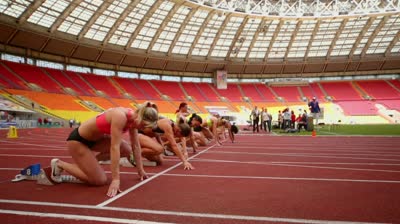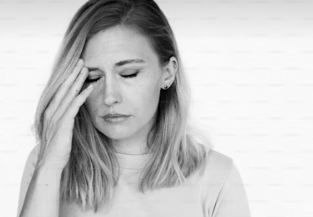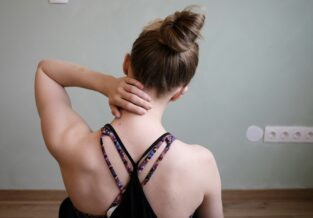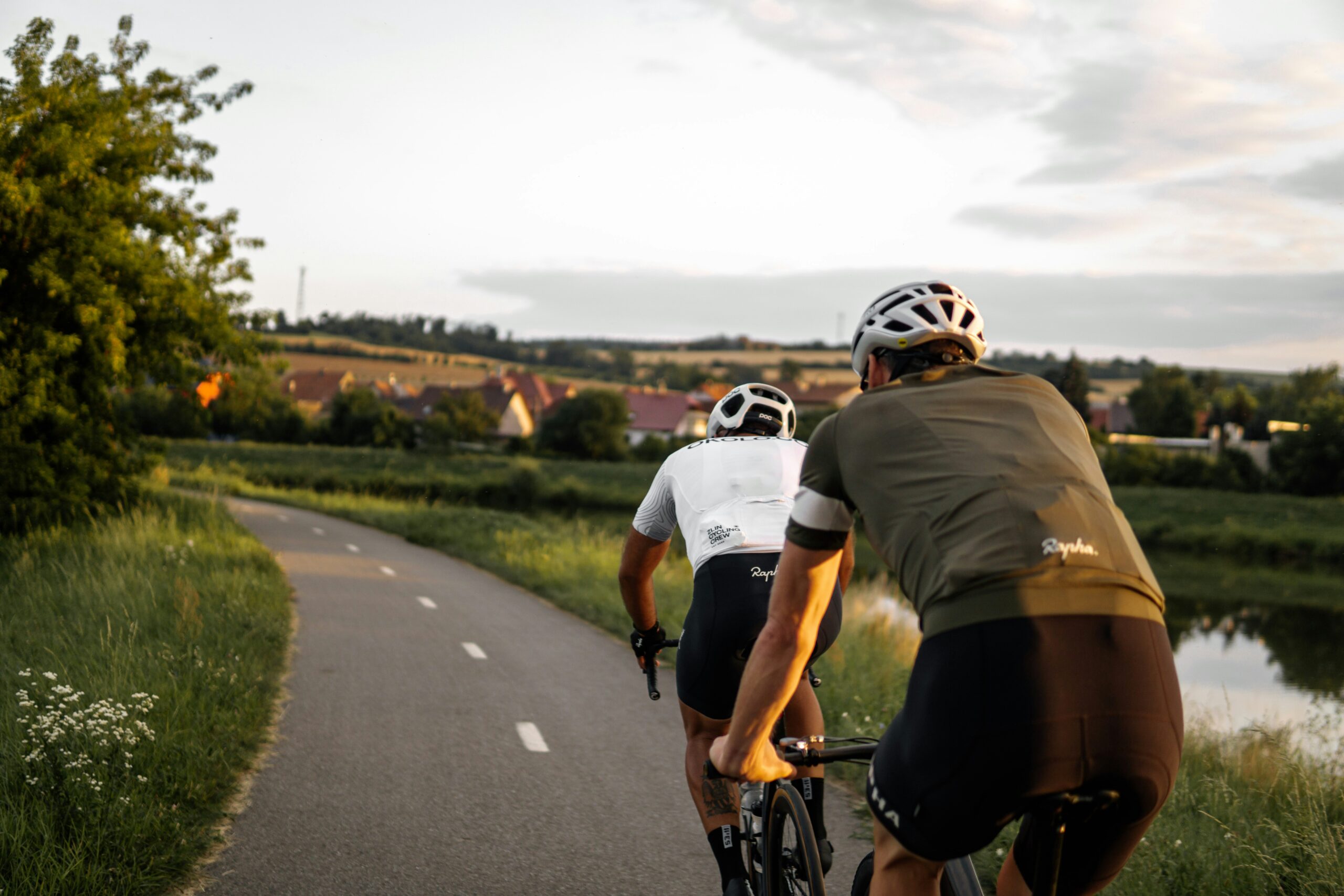Melbourne Marathon… Last Minute Achilles Pain?
Published on
29 Sep 2014

Call us on: (03) 9975 4133
Many active people will at some stage suffer from Achilles tendon pain, says Pure Director Andrew Sargent.
Many active people will at some stage suffer from Achilles tendon pain, says Pure Director Andrew Sargent. It affects people from the level of amateur runner to the professional sportsman – I’m sure there are a few sufferers reading this! So, lets delve a little deeper:
What are the symptoms of Achilles Tendon Pain?
Pain is often felt 1 inch above the attachment of the Achilles tendon into the heel.
Pain is worse after activity, especially the morning after.
Running and jumping are the most common ways of aggravating the tendon.
Early signs of an Achilles tendon problem include significant stiffness in the lower calves and the tendon first thing in the morning.
Achilles tendon pain can worsen so that walking hurts and running is impossible.
The tendon can also rupture, although this is not always preceded by an episode of tendon pain and can happen without warning.
What causes Achilles Tendon Pain?
The simple answer is we still can’t be sure. The more complex version goes something like this: Tendons respond to load. When the load going through a tendon is increased suddenly (such as a rapid increase in your training), or when that load simply becomes too much for the tendon, it can begin to go through a process of decline. The usual neat collagen and elastin fibres that form a tendon become wavy and deformed in shape. Our body also begins to release chemical mediators into and around the substance of the tendon. This can give the tendon a thickened or swollen appearance. Once this has taken place the tendon is less able to cope with load and is thus weaker. This then makes it more prone to injury at less force than before, creating a cycle of breakdown where the tendon becomes progressively less able to deal with the load being put through it.
So, surely complete rest would be the answer…?
Actually it is one of the worst things you can do for an Achilles Tendinopathy. As stated above, tendons respond to load, meaning that if you put no load through a tendon it will begin to adapt to this and as such will be unable to cope when you recommence activity.
What can you do?
If you’re currently experiencing Achilles Tendon pain it is important to get it properly assessed. There are a number of biomechanical factors that can contribute to the development of Achilles Tendon pain. What is right for you, may not work for someone else.
Some of the potential factors are:
Tight calves
Over pronation (too much rolling in of your foot).
Old, worn trainers, especially when the heel has become worn down on one side.
Sudden increase in training load, particularly an increase in running (often occurs when athletes who have been in winter hibernation suddenly explode with a flourish of activity in the spring!)
Toe runners (fine for short distances, but has the potential to cause problems over longer distances).
Lower back problems and tight neural tension down the backs of the legs can also contribute to the development of Achilles Tendon pain.
The other thing to note is not all pain in the region of the Achilles Tendon is due to tendon breakdown. The sheath that encompasses the tendon can also become irritated. This tends to cause a more sudden onset of symptoms and also tends to respond faster to treatment. Sciatic pain, stress fractures and muscle strains could also produce pain in the region of the Achilles Tendon.
What can you do to minimise your chances of developing Achilles problems?
Ensure your trainers are in good nick! As a rough guide replace them every 6 months.
Make sure the trainer is right for you and that it provides adequate arch support.
Always stretch out your calves before and after exercise. Remember to complete a straight and a bent knee calf stretch as their are two different muscles involved!
No Sudden increase to your training program, especially with respect to running!
Improving your core muscles always helps minimise lower limb injuries.


